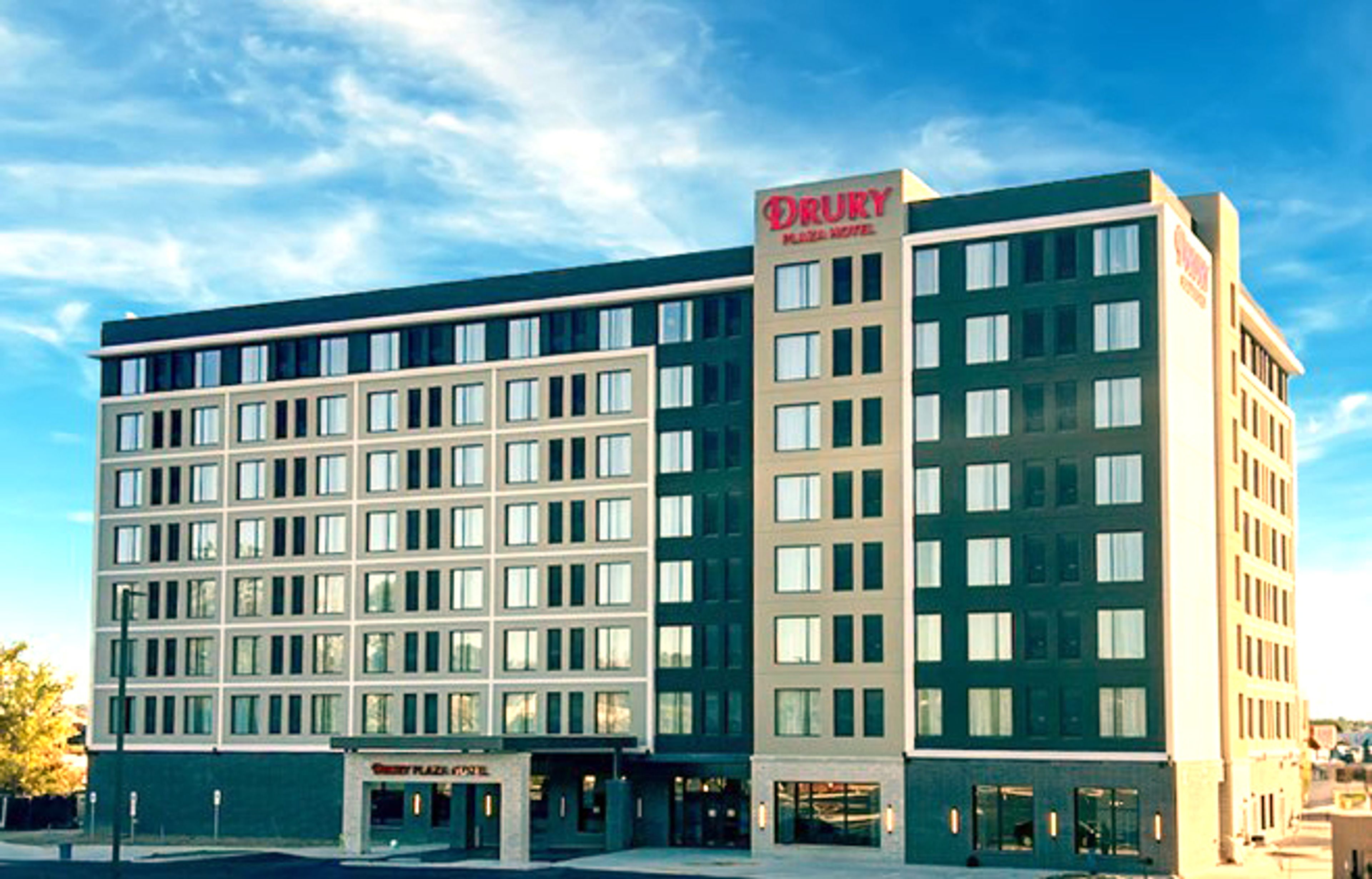Airlines struggle to regain footing year after attacks
Nearly a year after the Sept. 11 terror attacks, the nation's major airlines have gone financially from bad to worse to not much better, and the New York region's aviation industry still hasn't recovered. In a word, the airlines are reeling. The major carriers lost a staggering $9 billion last year and another $3.9 billion in the first half of 2002 -- even after layoffs that have claimed 10 percent of the industry's work force. ...
Nearly a year after the Sept. 11 terror attacks, the nation's major airlines have gone financially from bad to worse to not much better, and the New York region's aviation industry still hasn't recovered.
In a word, the airlines are reeling. The major carriers lost a staggering $9 billion last year and another $3.9 billion in the first half of 2002 -- even after layoffs that have claimed 10 percent of the industry's work force. One big airline is already bankrupt and another is threatening to seek court protection from creditors as a new round of service cuts and fare wars looms.
What's more, the New York area remains particularly hard hit. Business travel and tourism are both down as passengers look for other ways to travel -- or simply stay home.
By any measure, the airline industry clearly has shrunk since Sept. 11. Through June of this year, the major carriers have reduced service by 8.5 percent nationally, less than a year earlier, with 10.4 percent fewer passengers.
In New York, the numbers were worse: Kennedy Airport handled 14.3 percent fewer passengers in the first half of 2002 compared with 2001. At LaGuardia, the drop was 14.8 percent. The only major airports hit harder were Washington's Reagan National, where full service didn't resume until late April, and Los Angeles International.
Shorter flights
Kennedy's decline is no surprise since international travel, which accounts for much of its traffic, has slumped more than domestic flying, said Henry Harteveldt, an analyst with Forrester Research in San Francisco. LaGuardia's drop is no mystery either, he said.
"There's a greater concentration of short-haul flying there,'' he said, "and we're seeing more people take to the roads or trains.''
For the big airlines, the problem is more than a decline in passengers. Instead, analysts say, the issue is the decline in fares amid fierce competition from low-cost carriers like Southwest and JetBlue. Both continue to grow and are profitable this year, and Southwest upped the pressure a little more in late August by cutting $100 from its highest walk-up fare to just $299. Industrywide, the Air Transport Association says, fares in July averaged 9 percent less than a year earlier.
Business flyers, with their companies under pressure to cut costs, are balking at high walk-up fares at traditional carriers for last-minute customers. Analysts say walk-ups account for 40 percent to 50 percent of airline revenues and have subsidized the low fares for vacationers.
In response, some business travelers are seeking bargains on the Internet. Some just aren't going at all. The Travel Industry Association of America estimates that trips for business this year are running slightly ahead of last year but won't return to 2000 levels until 2004. Many travelers have switched to ground transportation for shorter trips.
For several major carriers, this means push has come to shove. US Airways filed for bankruptcy protection Aug. 11, and on Friday, it detailed another 13 percent in service cuts with more layoffs by the end of this year. It's already offering 20 percent fewer seats than a year ago. United Airlines, the second-largest carrier after American, warned Aug. 14 that it, too, might have to file Chapter 11.
For its part, American said Aug. 13 it would reduce its schedule another 9 percent by this November and eliminate 7,000 jobs by March.
10 percent laid off
The impact of hard times has fallen heavily upon employees. The Air Transport Association estimates that 70,000 of the industry's 700,000 pre-Sept. 11 workers are on involuntary layoff. The number was as high as 80,000 in the months after the attacks.
Several major airlines have asked for labor concessions, including hefty wage cuts, to help cut expenses. United and US Airways say the givebacks are needed to help qualify for federally backed loans that they are seeking under the $15 billion airline bailout enacted after Sept. 11.
US Airways already has deals with its pilots and flight attendants. Its mechanics voted last week to reject a 7 percent wage cut, although baggage handlers approved a similar deal. At United, non-union salaried workers are taking pay cuts, and pilots tentatively agreed to reductions of about 10 percent in return for stock and raises down the road. Last week, though, the pilots postponed a ratification vote because the carrier now is seeking more, and United's flight attendants and mechanics are balking at givebacks.
Analysts say the major airlines planted the seeds of their current problems during the '90s. "They overpurchased planes, caved in to ridiculous labor contracts and overexpanded their route systems so they don't work effectively,'' said Barbara Beyer, president of Avmark International, a Virginia-based aviation consulting firm.
Industry analysts say full recovery for the airlines is a long way off. "The airlines have to readjust their structures to the market that exists,'' said Michael Boyd, president of the Boyd Group, an aviation consulting firm in Evergreen, Colo.
Connect with the Southeast Missourian Newsroom:
For corrections to this story or other insights for the editor, click here. To submit a letter to the editor, click here. To learn about the Southeast Missourian’s AI Policy, click here.






